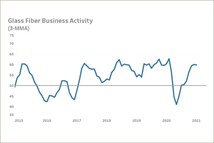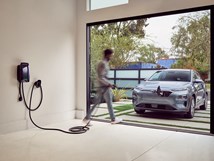EPA Updates Fuel Economy Test
The U.S.
#economics #regulations
The U.S. Environmental Protection Agency has modified rules used by carmakers to calculate fuel economy ratings. The changes aim to make estimated fuel-economy levels more realistic.
The new rules clarify how manufacturers calculate road load values in coast-down tests to estimate aerodynamic drag and tire rolling resistance. The values are used to calibrate dynamometers upon which carmakers run their vehicles through EPA's test cycle.
The tweaks come after the EPA discovered errors in the calculations by four carmakers. The agency subsequently fined and/or ordered Ford, Hyundai, Kia and Mercedes-Benz to lower their fuel-economy claims. The agency's audits of cost-down data are continuing.
Chris Grundler, director of EPA's Office of Transportation Air Quality, tells Automotive News the agency also plans to tighten rules that have allowed carmakers to apply the same fuel economy estimates for multiple vehicle lines that share the same powertrains and approximate weight.
RELATED CONTENT
-
Toyota Targets 2021 Launch for V2V Tech in U.S.
Toyota Motor Corp. plans to expand its vehicle-to-vehicle communication technology to the U.S. by 2021 and offer it across most Toyota and Lexus models in the country by mid-decade.
-
BMW Granted License to Test Self-Driving Cars in Shanghai
BMW AG has become the first foreign carmaker to win permission to test autonomous vehicles on public roads in China, according to the Shanghai Daily.
-
Dubai to Test Digital License Plates
Next month Dubai will begin testing digital license plates that can display various messages, make payments and conduct other transactions.








